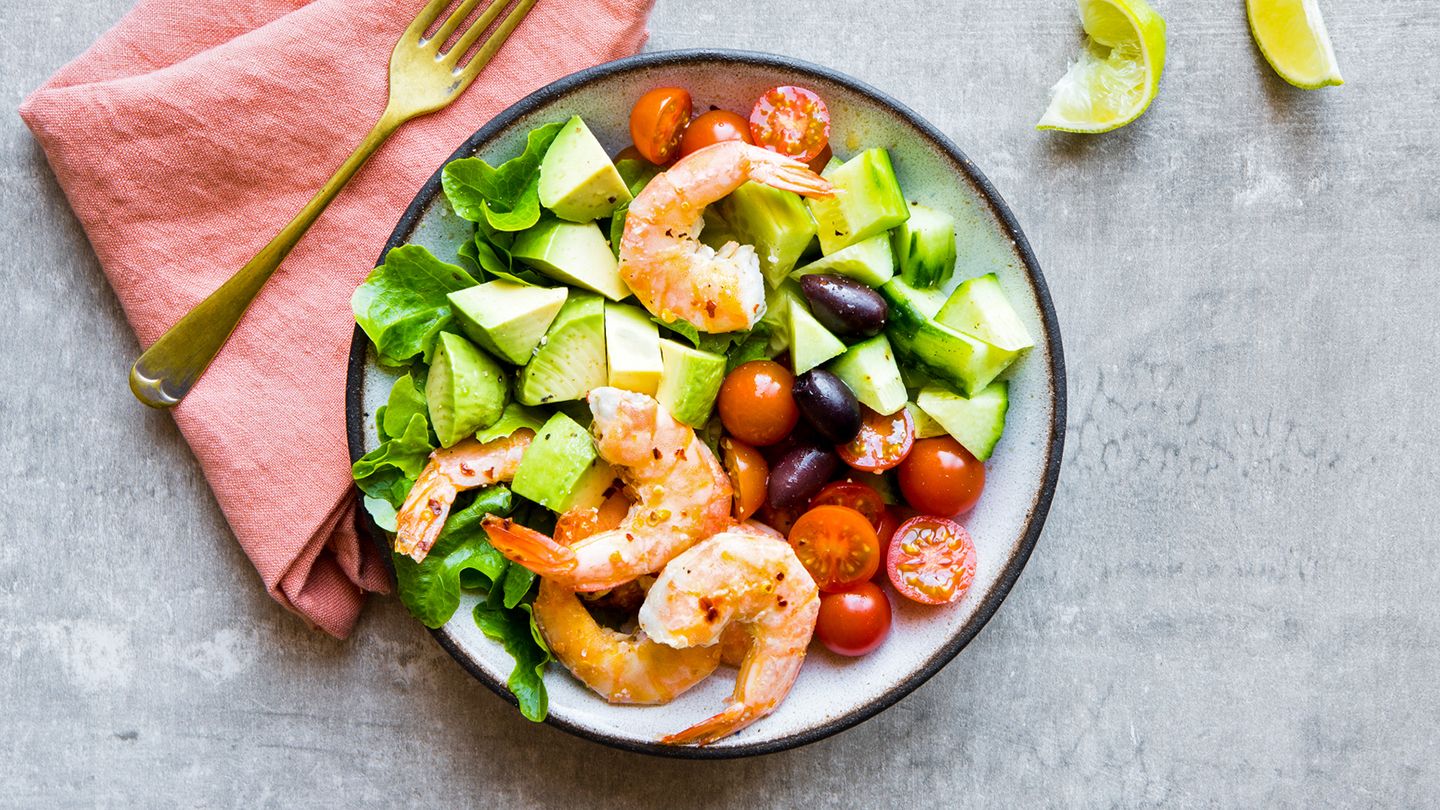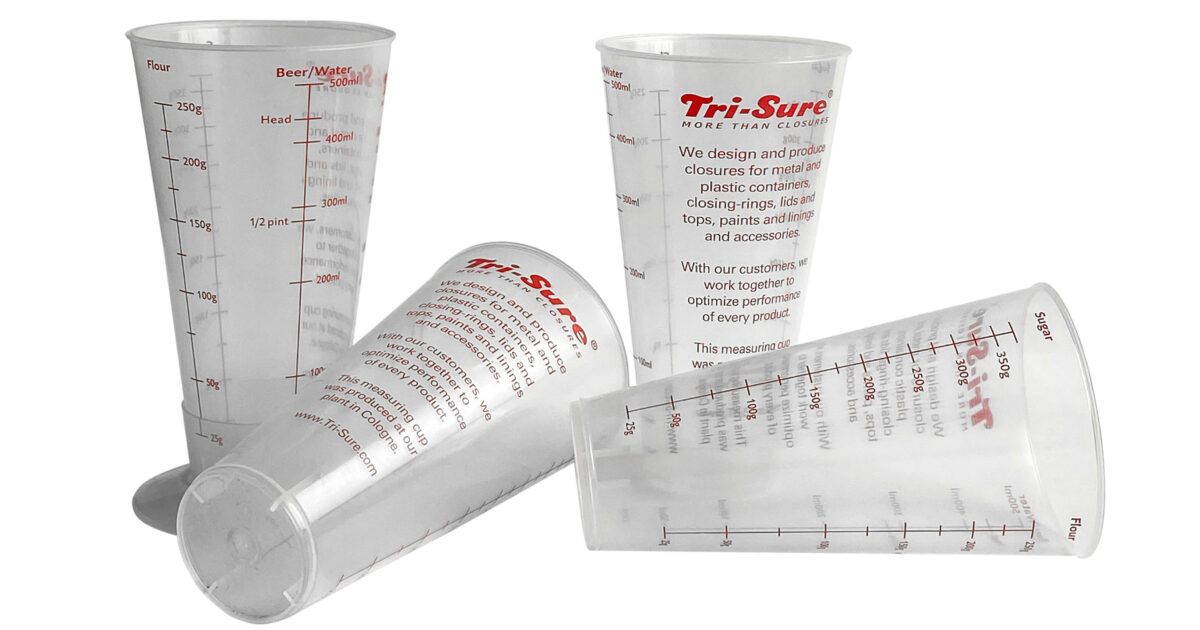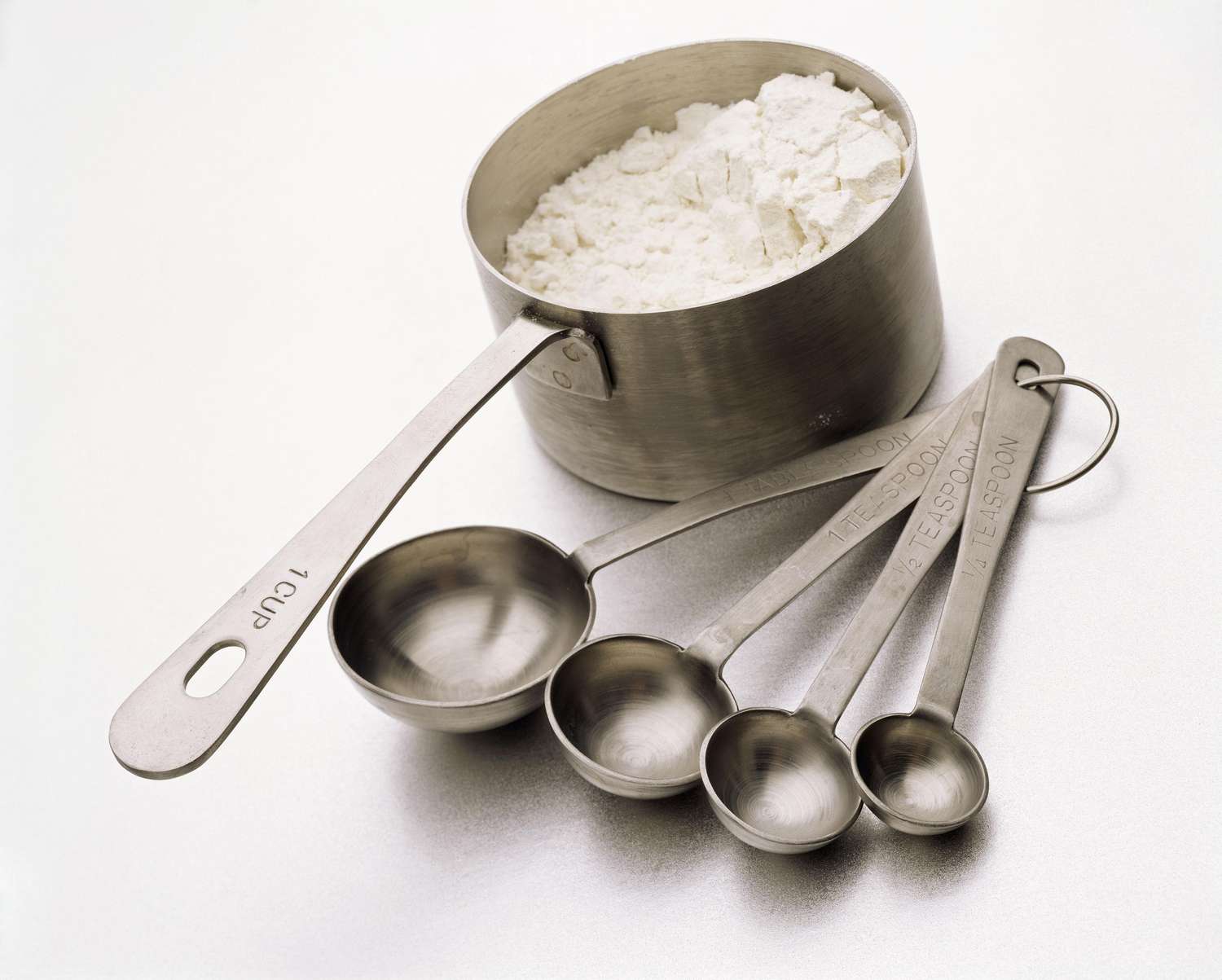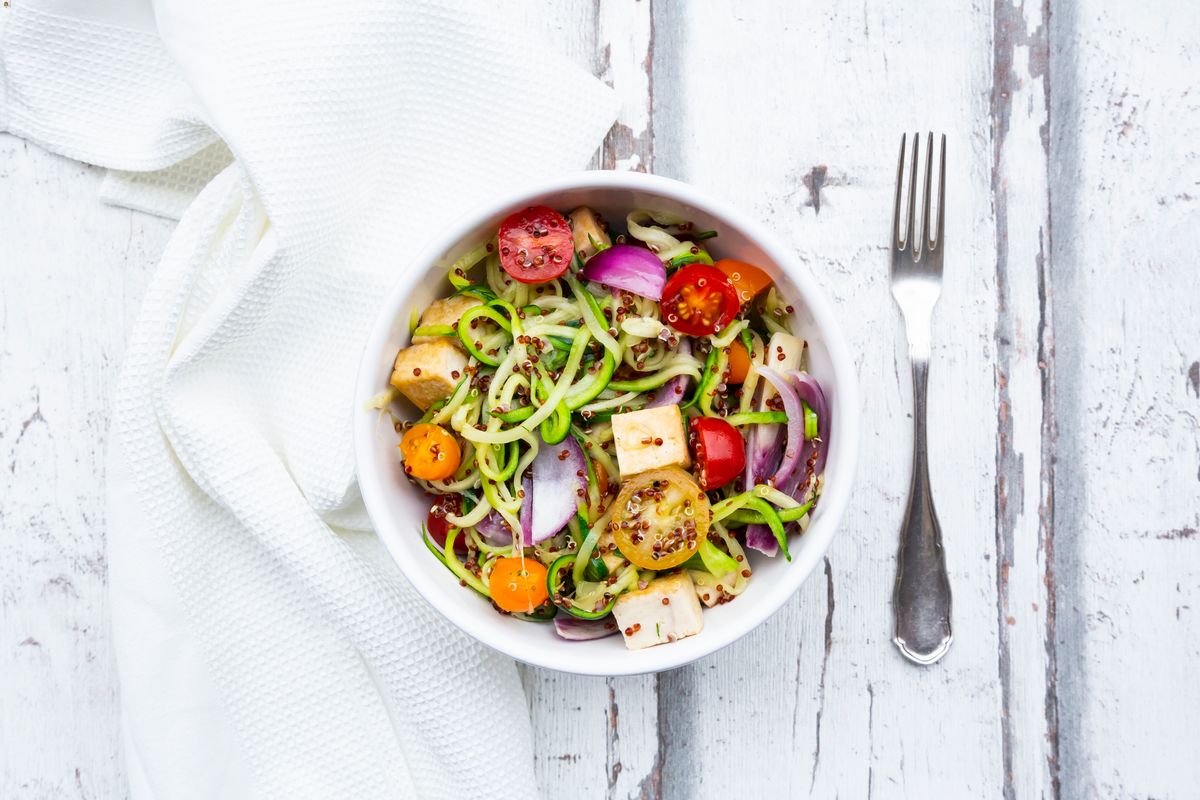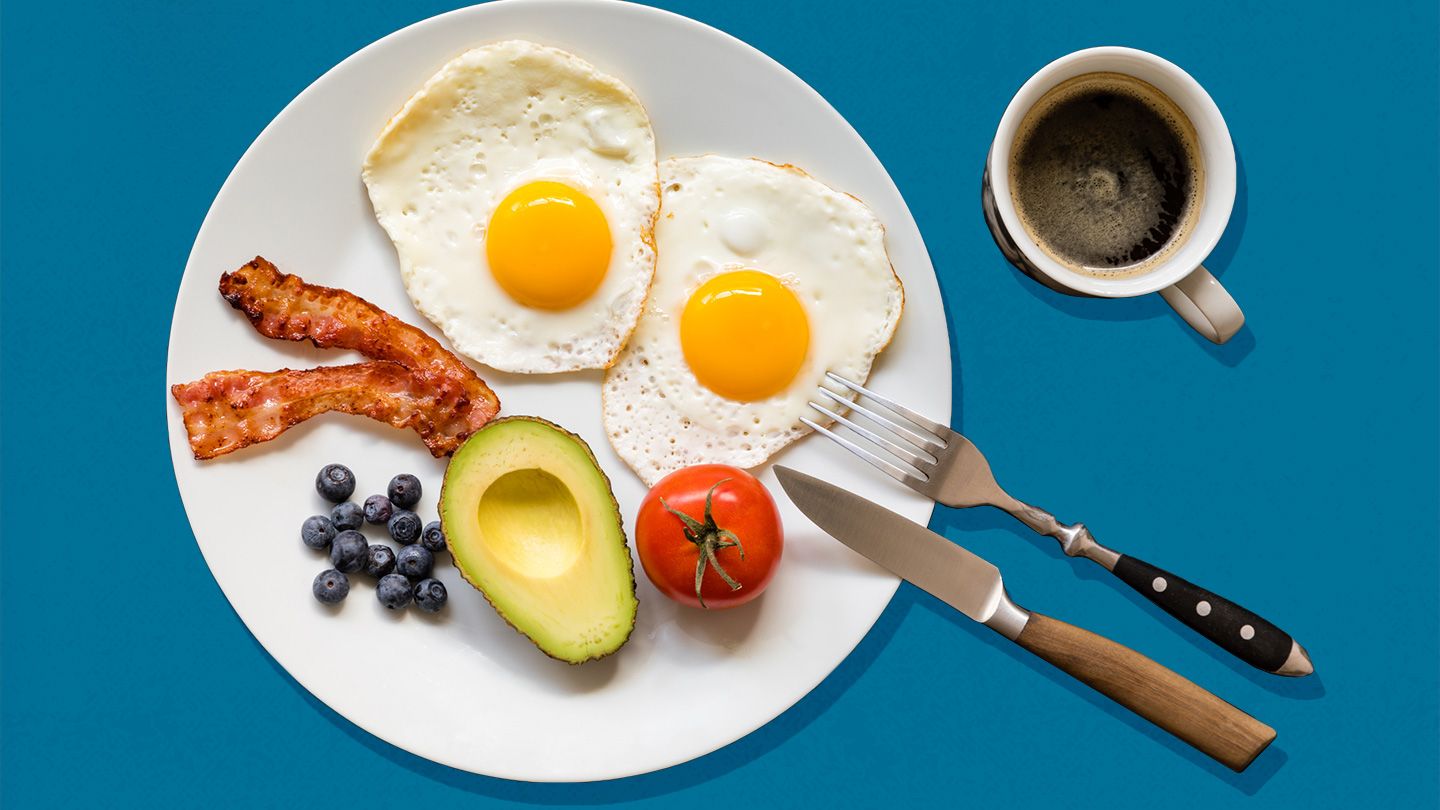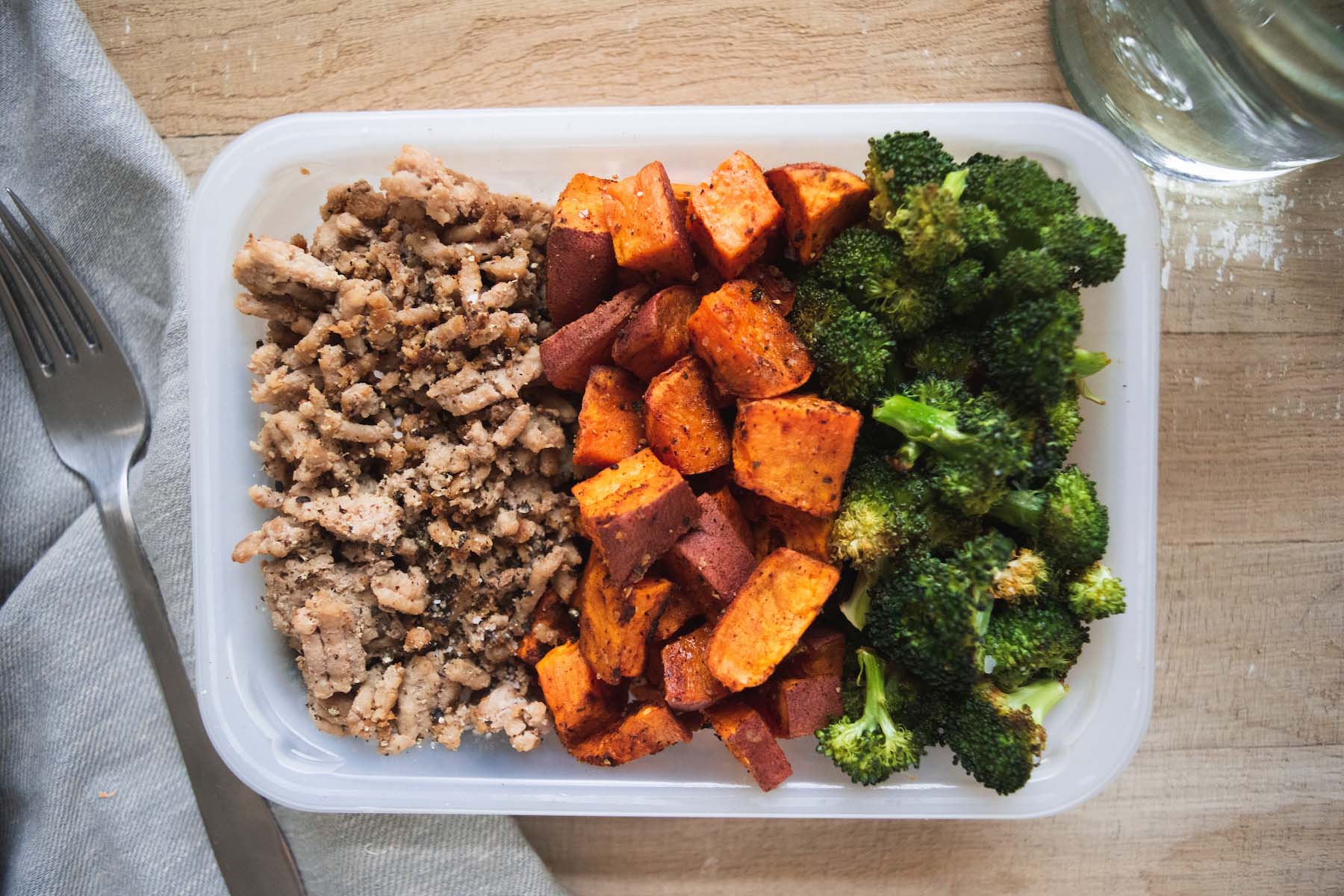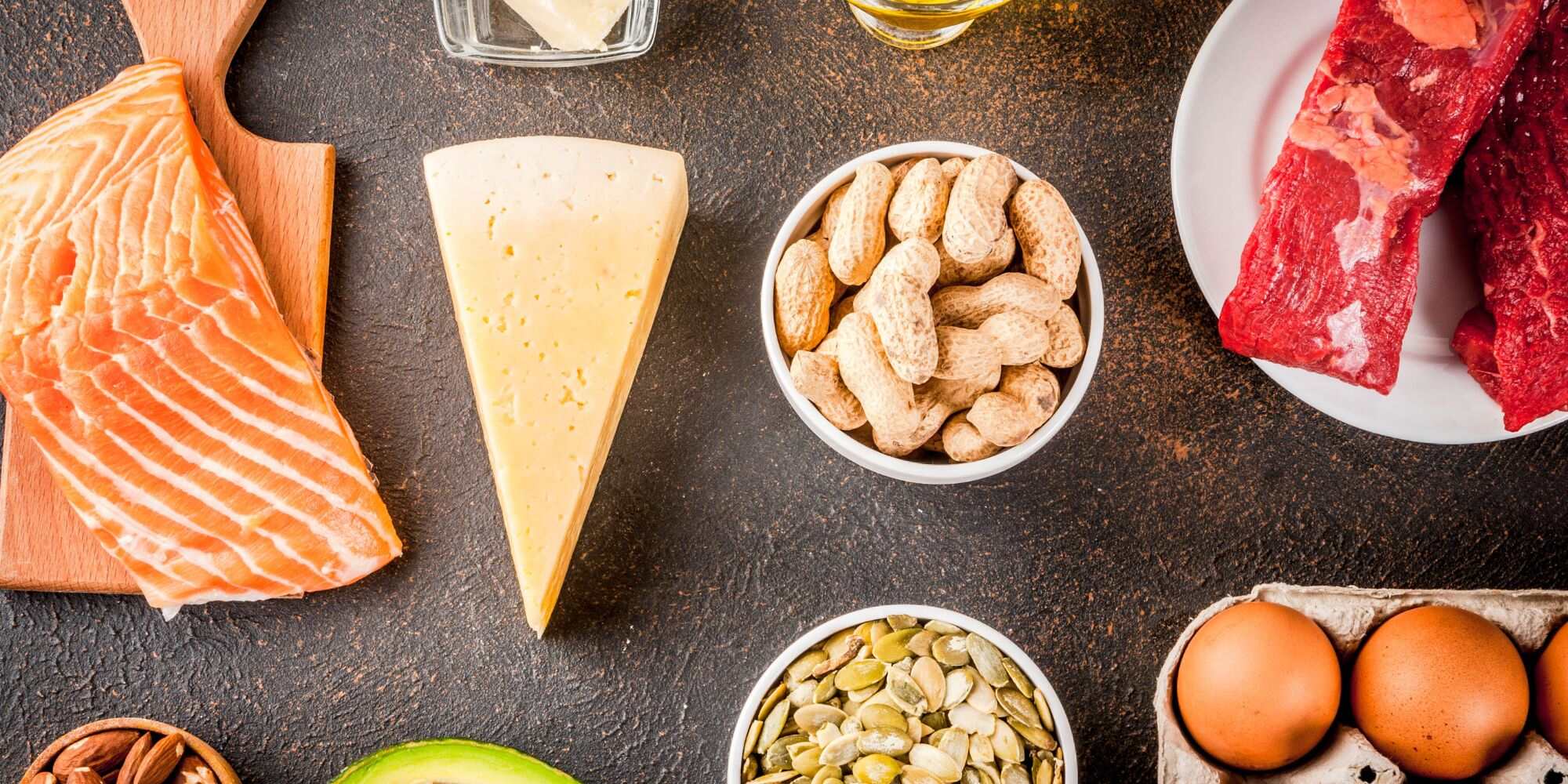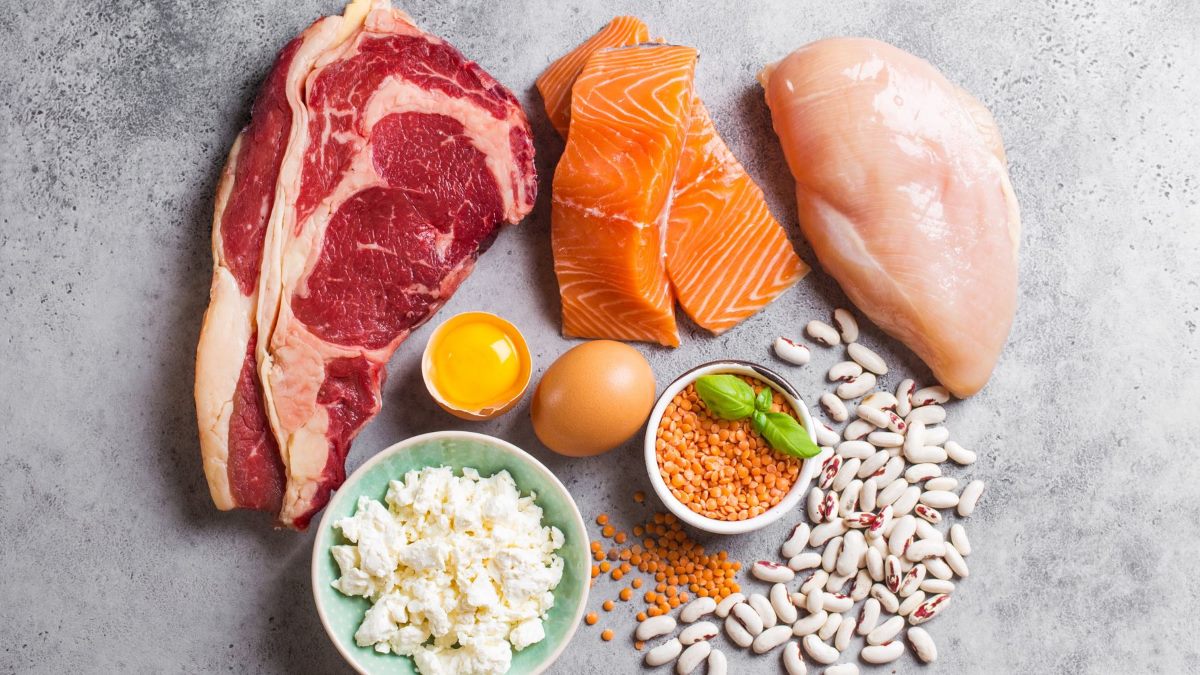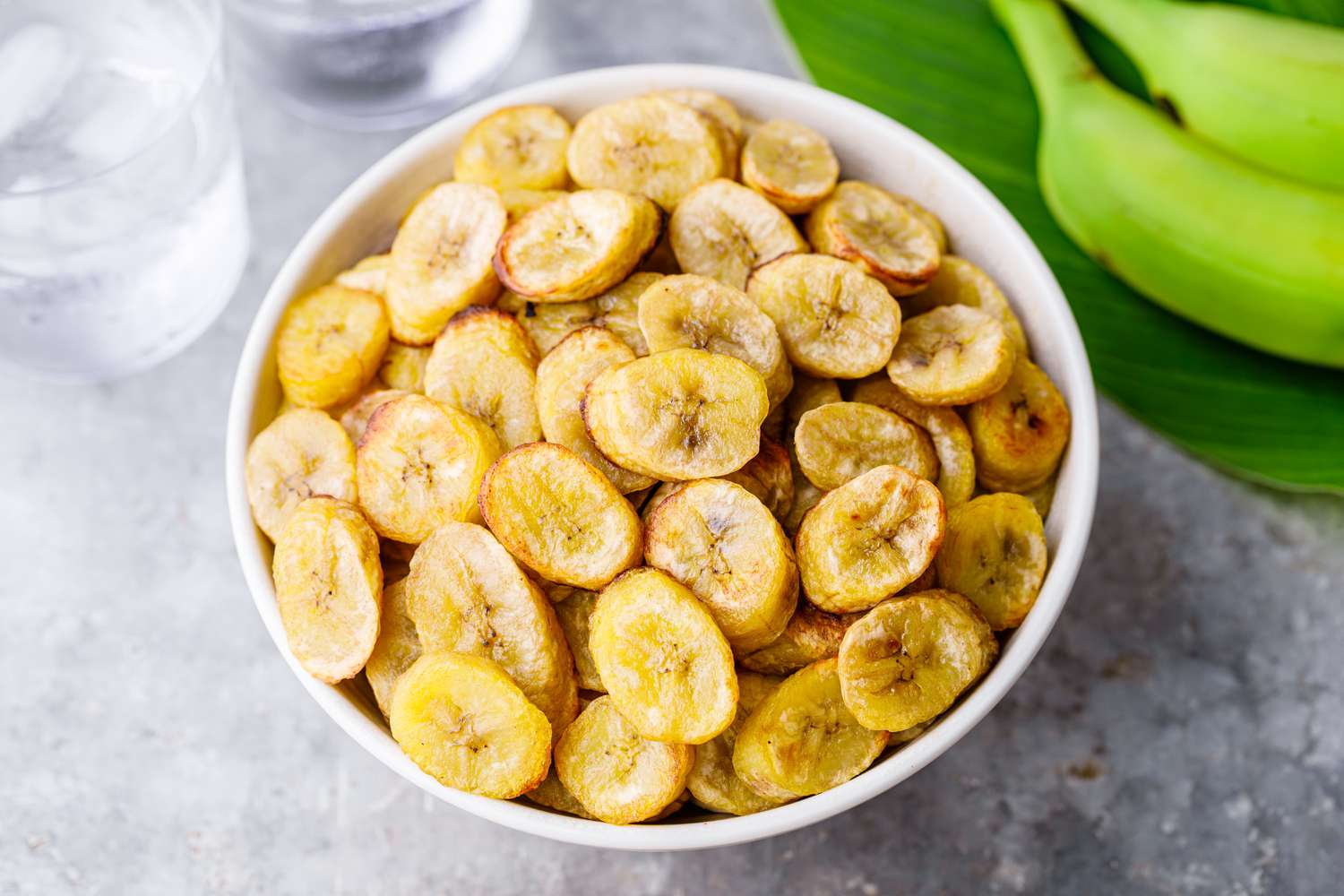Maximizing Your Protein Intake: A Guide to Consuming 200 Grams of Protein
Protein is an essential macronutrient that plays a crucial role in building and repairing tissues, supporting immune function, and maintaining overall health. For individuals who are looking to increase their protein intake, consuming 200 grams of protein per day may seem like a daunting task. However, with the right approach and a bit of planning, it is entirely achievable. Here are some practical tips to help you reach your protein goals.
1. Prioritize Protein-Rich Foods
When aiming to consume 200 grams of protein daily, it’s important to prioritize foods that are high in protein. Incorporate a variety of protein sources into your meals, including:
- Lean meats such as chicken, turkey, and lean cuts of beef
- Fatty fish like salmon and tuna
- Eggs and egg whites
- Dairy products such as Greek yogurt, cottage cheese, and milk
- Plant-based options like tofu, tempeh, lentils, and chickpeas
2. Plan Your Meals
Planning your meals in advance can help ensure that you meet your daily protein target. Consider meal prepping at the beginning of the week to have protein-rich meals and snacks readily available. This can prevent impulsive food choices and make it easier to track your protein intake.
3. Include Protein in Every Meal
Make a conscious effort to include a source of protein in every meal and snack. Whether it’s adding protein powder to your morning smoothie, incorporating chicken breast into your lunch salad, or enjoying a serving of Greek yogurt as an afternoon snack, spreading your protein intake throughout the day can make reaching 200 grams more manageable.
4. Use Protein Supplements
When increasing your protein intake, protein supplements can be a convenient way to boost your daily protein consumption. Protein powders, bars, and ready-to-drink shakes can provide a quick and easy source of protein, especially for individuals with busy lifestyles or on-the-go schedules.
5. Monitor Your Portions
Be mindful of portion sizes when consuming protein-rich foods. While it’s important to meet your protein goals, it’s also essential to maintain a balanced diet. Pay attention to serving sizes and aim for a moderate and sustainable approach to protein consumption.
6. Stay Hydrated
Drinking an adequate amount of water is essential for optimal protein utilization in the body. Aim to stay hydrated throughout the day, as water plays a crucial role in digestion, nutrient absorption, and overall health.
7. Seek Professional Guidance
If you have specific dietary goals or health concerns, consider consulting a registered dietitian or nutritionist. These professionals can provide personalized recommendations and guidance to help you achieve your protein intake targets in a safe and sustainable manner.
By implementing these strategies and staying consistent with your dietary choices, consuming 200 grams of protein per day is an achievable goal. Remember to listen to your body’s needs and make adjustments as necessary to support your overall health and well-being.
With dedication and a well-rounded approach to nutrition, you can maximize your protein intake and reap the benefits of a protein-rich diet.
